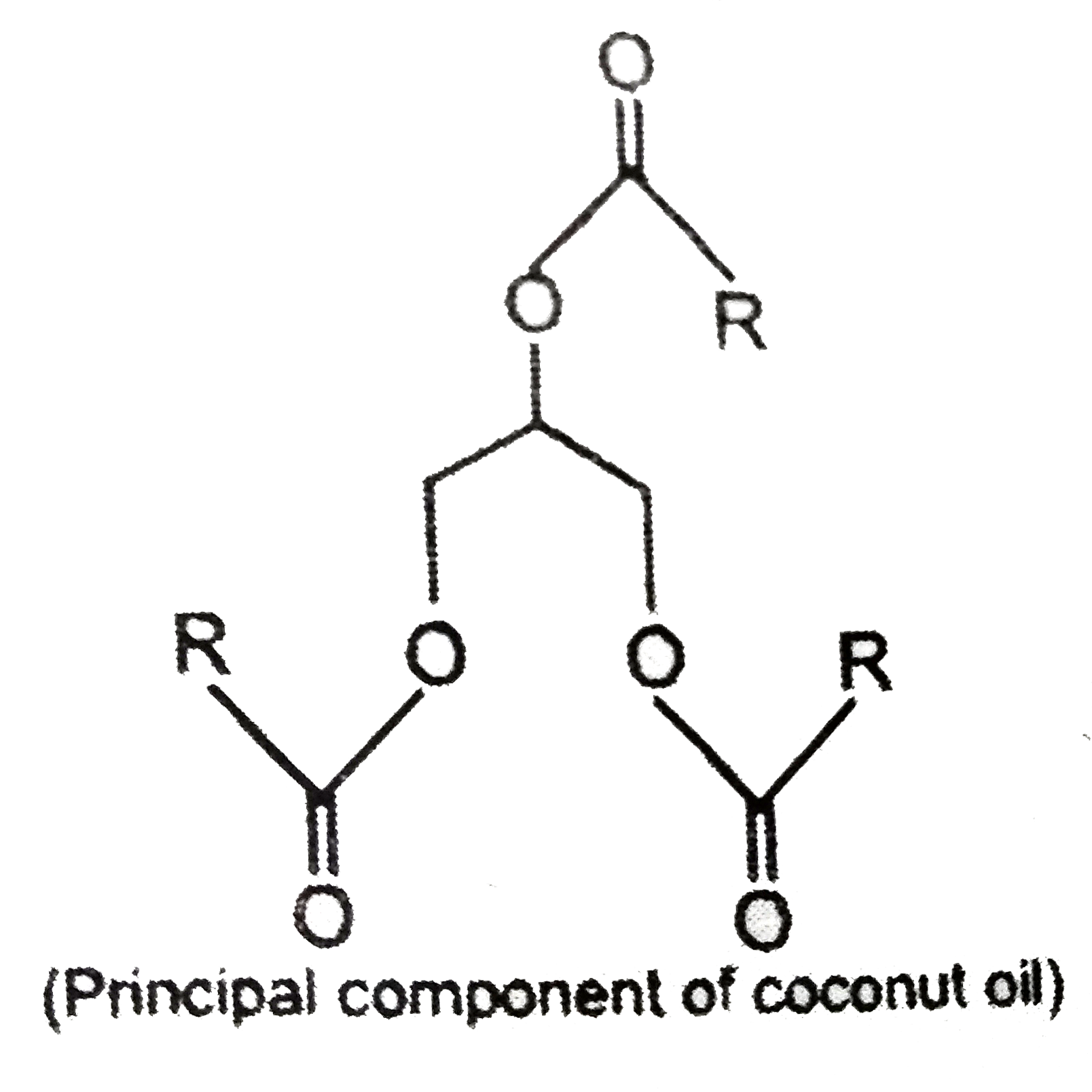sucrosehydrolysis−−−−−→A+Bseliwanoff−−−−−−→rea≥nt
which color is obtained after above reaction?
Red
Violet
Blue
Black
The correct Answer is:A
To solve the question regarding the color obtained after the hydrolysis of sucrose followed by the reaction with Seliwanoff's reagent, we can break it down into the following steps:
Step 1: Hydrolysis of Sucrose
- Sucrose is a disaccharide composed of glucose and fructose. When sucrose undergoes hydrolysis, it breaks down into these two monosaccharides.
- Reaction:
sucrosehydrolysis−−−−−−→glucose (A)+fructose (B)
Step 2: Identification of Sugars
- Glucose is an aldose sugar (contains an aldehyde group), while fructose is a ketose sugar (contains a ketone group).
- This distinction is important because Seliwanoff's reagent is used to differentiate between aldose and ketose sugars.
Step 3: Reaction with Seliwanoff's Reagent
- Seliwanoff's reagent consists of concentrated hydrochloric acid (HCl) and resorcinol. When this reagent is added to a solution containing sugars, it reacts differently with aldoses and ketoses.
- Observation:
- If a ketose sugar (like fructose) is present, the solution will turn cherry red.
- If only an aldose sugar (like glucose) is present, the solution will turn faint pink.
Step 4: Conclusion
- Since the hydrolysis of sucrose yields both glucose and fructose, the presence of fructose (a ketose) will dominate the reaction with Seliwanoff's reagent.
- Therefore, the color obtained after the reaction will be cherry red.
Final Answer:
The color obtained after the reaction is cherry red.
---
- Sucrose is a disaccharide composed of glucose and fructose. When sucrose undergoes hydrolysis, it breaks down into these two monosaccharides.
- Reaction:
sucrosehydrolysis−−−−−−→glucose (A)+fructose (B)
- Glucose is an aldose sugar (contains an aldehyde group), while fructose is a ketose sugar (contains a ketone group).
- This distinction is important because Seliwanoff's reagent is used to differentiate between aldose and ketose sugars.
- Seliwanoff's reagent consists of concentrated hydrochloric acid (HCl) and resorcinol. When this reagent is added to a solution containing sugars, it reacts differently with aldoses and ketoses.
- Observation:
- If a ketose sugar (like fructose) is present, the solution will turn cherry red.
- If only an aldose sugar (like glucose) is present, the solution will turn faint pink.
- Since the hydrolysis of sucrose yields both glucose and fructose, the presence of fructose (a ketose) will dominate the reaction with Seliwanoff's reagent.
- Therefore, the color obtained after the reaction will be cherry red.
The color obtained after the reaction is cherry red.
Similar Questions
Knowledge Check
Ph−Me∣C∣H−OHSOCI2−−−−−→inC5H5N, Which statement is true for the above reaction?
ARetention of configurationBInversion of configurationCInversion and Retention bothDNonePropene HBr−−→A(i)Mg/ether−−−−−−−−→(ii)H2O/BoilB
In the above sequence of reactions B isAPropaneBButaneCPropeneDEthaneChlorobenzene Reaction−−−−→XPhenolReaction−−−−→Y
Salicylaldehyde X and Y reaction respectively areAFries rearrangement and Kolbe-SchmidtBCumene and Reimer-TiemannCDow and Reimer-TiemannDDow and Friedel-Craft
Ph−NH2CH3−Cl(2mole)−−−−−−−−−−→(A)Ph−⊕N2−Cl−−−−−→(B)Butter yellow (major) Product of the above reaction is :
View SolutionC2H5ClMoist−−→Ag2O(A)Al2O3−−−→360∘C(B)
(B)SCl2−−→(C)
In the above sequence of reaction, identify (C)
In the above sequence of reactions. identify
View SolutionEtCOCl(A)(i)H2N.OH−−−−−−−→(ii)ӨOH(B)EtOH−−−→(C)
Which of the following statements are correct about the given reaction ?
View SolutionGiven the following sequence of reactions
CH3CH2IKCN−−→AOH−−−−−−−−−−→Partial hydrolysisBBr2−−−→NaOHC
The major product (C ) is
View Solution NaOH,H2O−−−−−−−→100∘C(Several hours)Product Product is obtained in the above reaction is :
NaOH,H2O−−−−−−−→100∘C(Several hours)Product Product is obtained in the above reaction is :
View Solution
